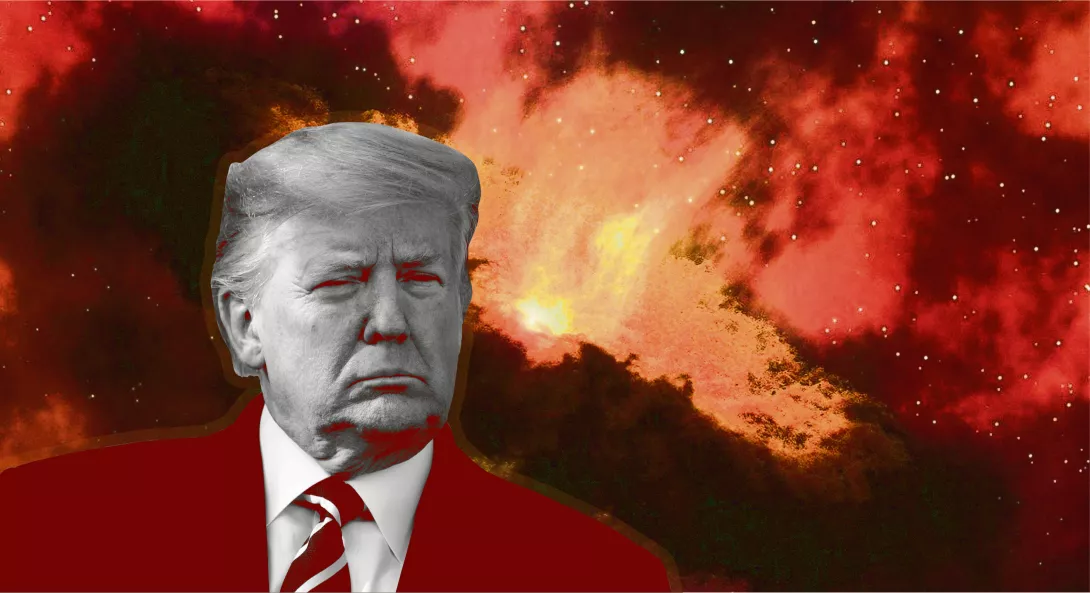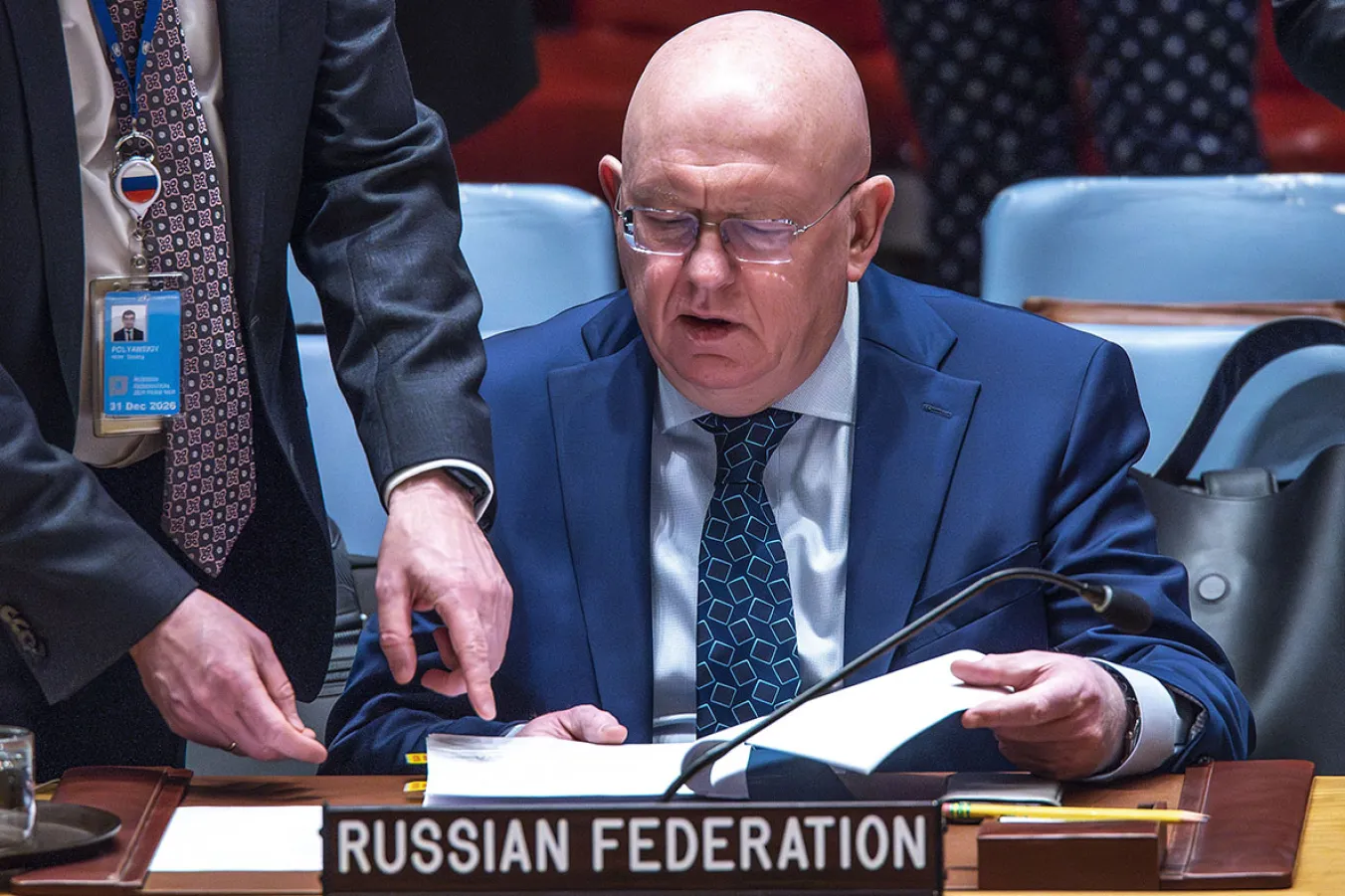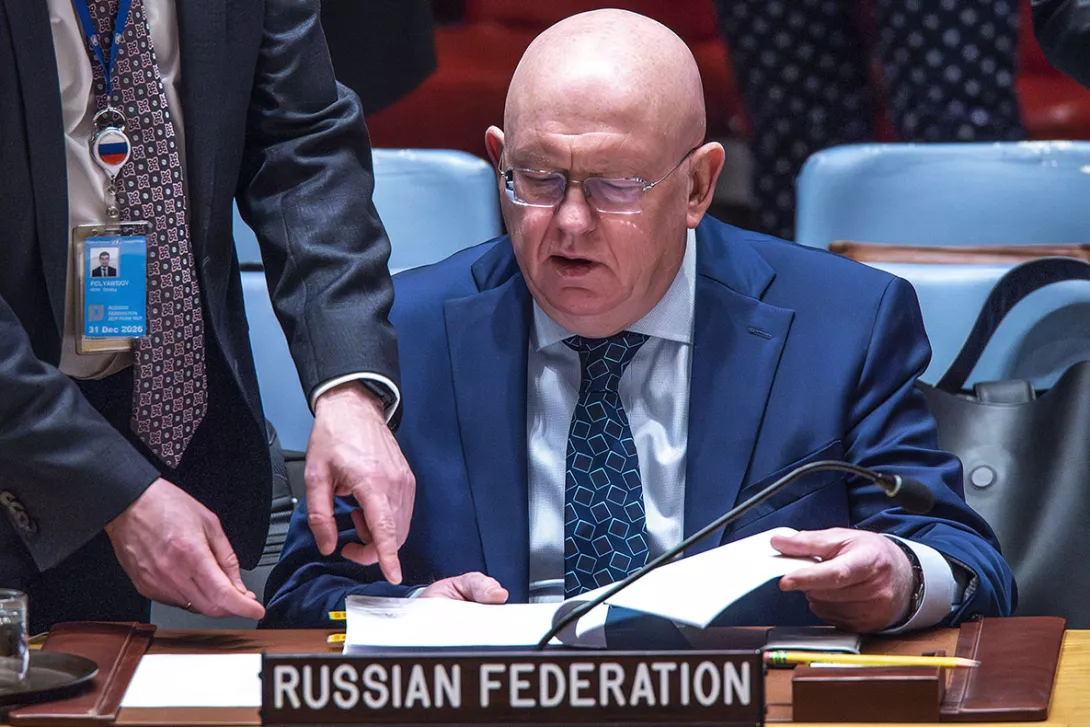
IT MAY have been lost among all the fuss about impeachment, but on December 20 President Donald Trump signed the US National Defence Authorisation Act for 2020, rubber-stamping a record defence budget of $738 billion.
Not only did this Act allocate $71bn for overseas contingency operations (ie war) but it also established a Space Force as the sixth branch of the US armed forces and created a new senior military position to take charge.
At the signing, Trump said that forming a Space Force marked “a big moment” and that there were “going to be a lot of things happening in space. Because space is the world’s newest warfighting domain.”
US Secretary of Defence Mark Esper was quoted in Space News as saying that “outer space has evolved into a warfighting domain … Maintaining American dominance in that domain is now the mission of the United States Space Force.”
As US journalism professor Karl Grossman, author of the book Weapons in Space, commented, this has come about “despite the landmark Outer Space Treaty, which designated space as a global commons, to be used for peaceful purposes.”
The treaty was created back in 1967 by the US, the Soviet Union and Britain and most states are now parties to it.
It was devised during the nuclear arms race of the cold war and it only bans the placing of weapons of mass destruction in space.
However, according to Article 1 outer space should be “the province of all mankind” and “free for exploration and use by all states without discrimination of any kind.”
Trump claims that a Space Force is needed because Russia and China are militarising space, but Russia and China have tried for many years to expand the treaty and every year they submit a resolution to the UN for the “Prevention of an Arms Race in Outer Space” (Paros), which would ban the placing of weapons in space.
Each time the US, and on many occasions Britain, has opposed and vetoed the move. As Grossman points out, “the weaponisation of space is essential to US imperialist ambitions for ‘full spectrum dominance’ over the entire planet” and we now have an arms race in space which is seriously undermining global security and greatly increasing the risk of a nuclear war.
Grossman also points out that much of the US space weaponisation programme can be traced back to the end of the second world war.
At that time Wernher von Braun and his team of scientists, who had developed the V2 for the nazis, were illegally smuggled to the US to continue their military programmes there.
They went on to develop a whole range of US missiles and rockets, including Pershing and the Saturn V rocket that was used for the US manned space missions.
Now the US Space Force is causing widespread concern and a Chinese foreign ministry spokesman called its authorisation “a serious violation of the international consensus on the peaceful use of outer space,” adding that it would “undermine global strategic balance and stability, and pose a direct threat to outer space peace and security.”
He went on to add that the world should now “adopt a cautious and responsible attitude to prevent outer space from beginning a new battlefield and work together to maintain lasting peace and tranquillity in outer space.”
This would seem to be a good suggestion as things are developing fast. In just a few decades outer space has become vital for global commercial, political and military interests.
In particular, the US military depends heavily on satellites for communication, navigation, surveillance, reconnaissance and the command, control and targeting of missiles and drone operations.
On January 14 General John Raymond, who was commander of the US Space Command, was sworn in as chief of space operations.
He has commented that there is a plan “to rename the principal air force bases that house space units to be space bases” and there is already an “official” US Space Force website.
Also, the 2020 military appropriations approved by Congress included $40 million for Space Force operations and maintenance and in a memo dated December 2, Air Force Secretary Barbara Barrett also requested the transfer to the Space Force of $9.3bn from air force space-related weapons systems and operations, $1.4bn from weapons system sustainment, $275 million from major command support, $26.3m from education and training and $95m from headquarters spending. Barrett also said that the personnel costs associated with all these programmes also will also be transferred.
Other nations are, of course, joining the new space race. Russia, China and India have had extensive military space programmes for some time but last July President Emmanuel Macron declared that France had allocated €3.6bn to its own military space force to take warfighting into space.
The following week Penny Mordaunt, British defence secretary at that time, outlined a new £30m space programme for the Ministry of Defence involving the development of small satellites.
The work will be supported by Artemis, a new transatlantic team involving British and US defence personnel working closely together.
This is not entirely unexpected. Britain designated space a Critical National Infrastructure in 2015 and Britain and the US have worked closely together on a range of military and intelligence programmes for years.
Britain also specialises in miniature satellites through Surrey Satellite Technology Limited (SSTL), founded in 1985 as a spin-off company of the University of Surrey.
In 2005 Elon Musk’s SpaceX company bought a 10 per cent share and in 2008 the EADS Astrium group purchased another 80 per cent.
SSTL has captured 40 per cent of the global small satellite market and the MoD has paid it over £4m to develop Carbonite 2, a small, low-orbit satellite launched in 2018 to provide high-resolution reconnaissance for intelligence gathering.
Artemis will probably be launched from a dedicated small-satellite launcher at the new Cornwall Space Hub at Newquay airport, or maybe one of those being developed at Sutherland in Scotland or in Snowdonia in Wales.
Mordaunt also announced that “today we show the sky is no longer the limit for our armed forces” and that Joint Forces Command will become Strategic Command and will co-ordinate the war-fighting domains: air, land, sea, cyber and space.
This echoes US Space Command, created in 1985 to co-ordinate the use of space by the US Air Force.
In 2002 it became part of US Strategic Command but was reactivated in 2019 as a precursor to Space Force.
Mordaunt talked too of facing up to “evolving threats” from “hostile actors in space” by working more closely with “international allies through Five Eyes, Nato” and also as the first partner in Operation Olympic Defender, a US-led international coalition aimed at deterring “hostile actions by rivals.”
Five Eyes is the intelligence-sharing alliance of Australia, Canada, New Zealand, Britain and the US, established at the end of the second world war and described by Edward Snowden as a “supra-national intelligence organisation that does not answer to the known laws of its own countries.”
Originally formed to share intelligence on the Soviet Union, it has grown exponentially through the interception of electronic communications via satellites and fibre optic cables.
One major collection centre is the National Security Agency’s spy base Menwith Hill in North Yorkshire, and the alliance has now grown to at least 35 states, and includes 88 locations in US embassies and consulates around the world that eavesdrop on foreign embassies, communications centres and government installations.
Nato, of course, will also be participating. The London summit in December announced that it too would be developing a policy for warfighting in space.
In fact, many of the signatory states of the Outer Space Treaty are now deploying military satellites and four of them (the US, Russia, China and India) have also developed and tested anti-satellite weapons, representing a huge threat to international security.
If a vital satellite should malfunction at a time of international tension and another nation is blamed, the results could be disastrous.
There is some international resistance in the form of an international grassroots network that has campaigned against the militarisation of space for almost 30 years.
The Global Network Against Weapons and Nuclear Power in Space connects activists and campaign groups around the world and co-ordinates an annual Keep Space for Peace Week in October to highlight the growing challenges.
Last October 40 events were held in 10 countries. The co-ordinator is Bruce Gagnon, from Maine in the US, who believes that the Pentagon is actively planning to fight a war in space.
He says that “this misguided notion is probably the most dangerous and frightening development of my lifetime — and I had thought the cold war era was bad. The idea that the US thinks it can fight and ‘win’ a war in space is indeed the height of insanity.
“We should call it Pyramids to the Heavens. The aerospace industry is the contemporary version of the Pharaohs of Egypt and the taxpayers will be the slaves … it’s more than the right time for the public to declare a resounding No.
“It looks like it will be up to citizens as politicians are too easily persuaded by huge companies such as Boeing, Lockheed Martin, Raytheon, Northrop Grumman and SpaceX.”
Dave Webb is national chair of the Campaign for Nuclear Disarmament, and convener of the Global Network Against Weapons and Nuclear Power in Space.













